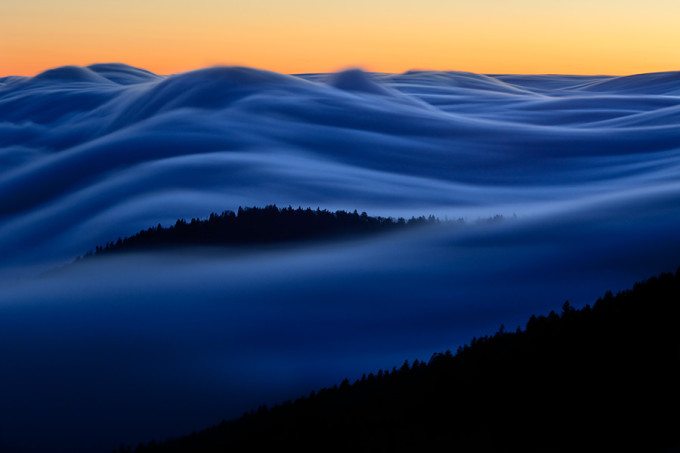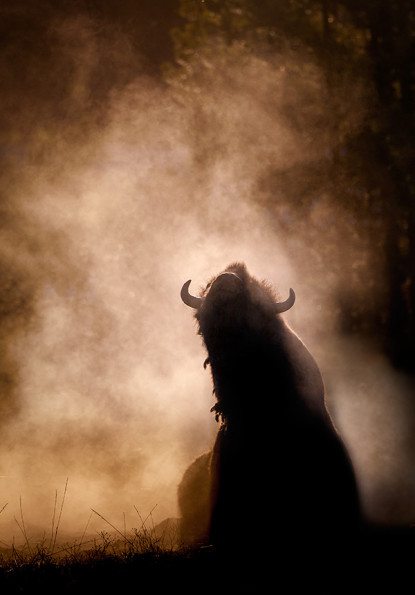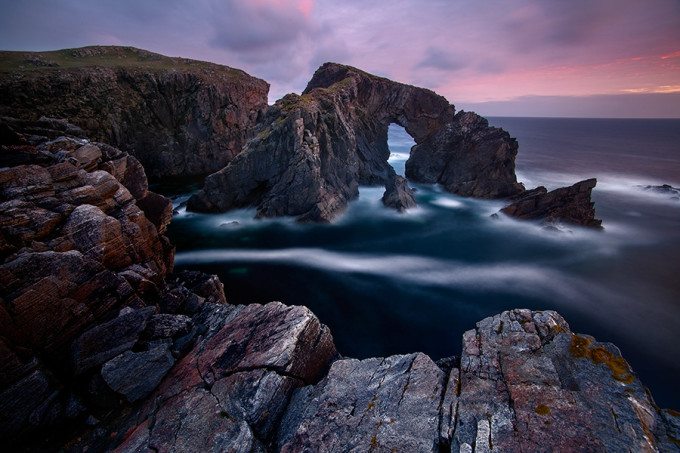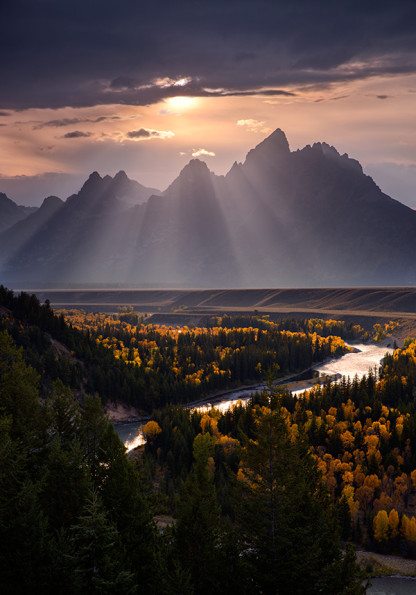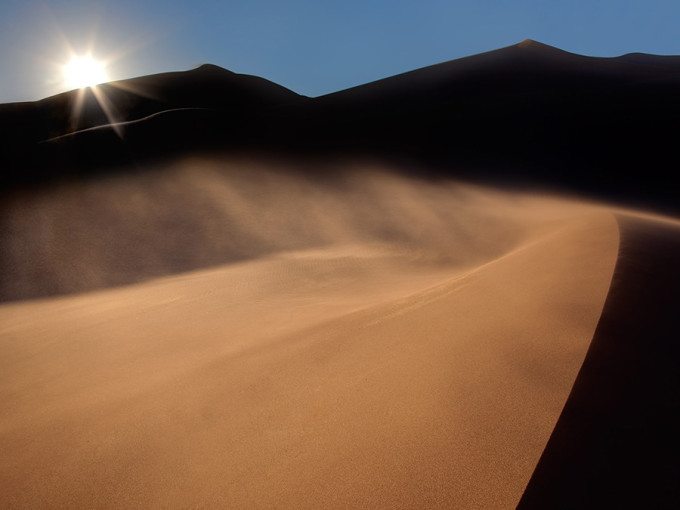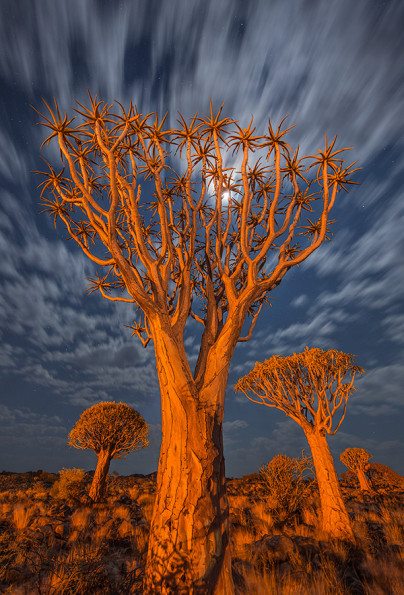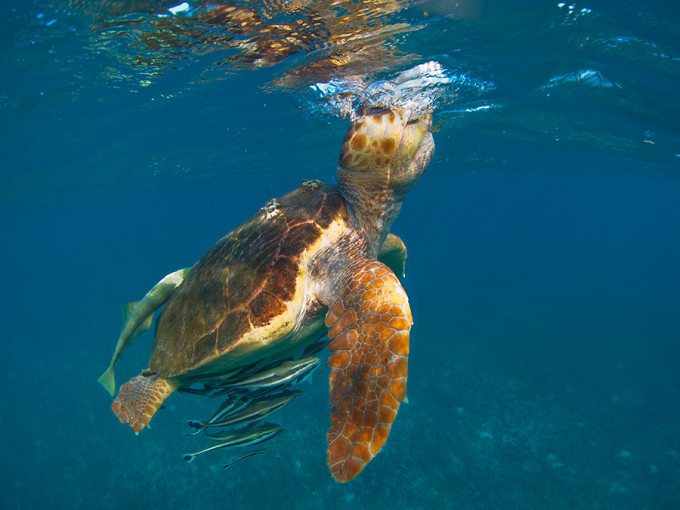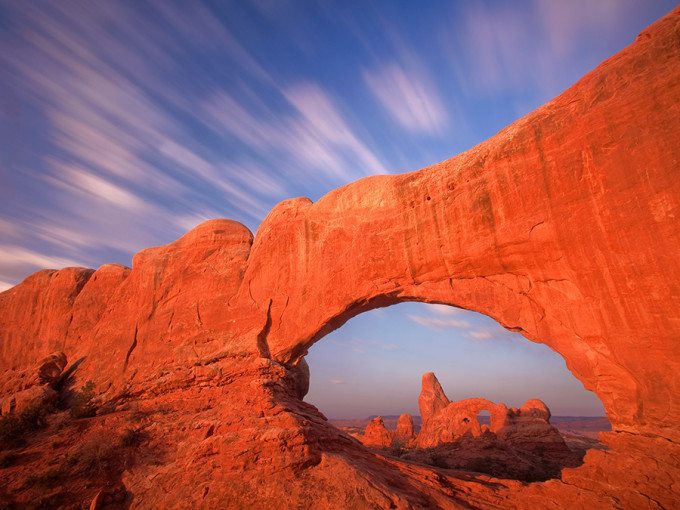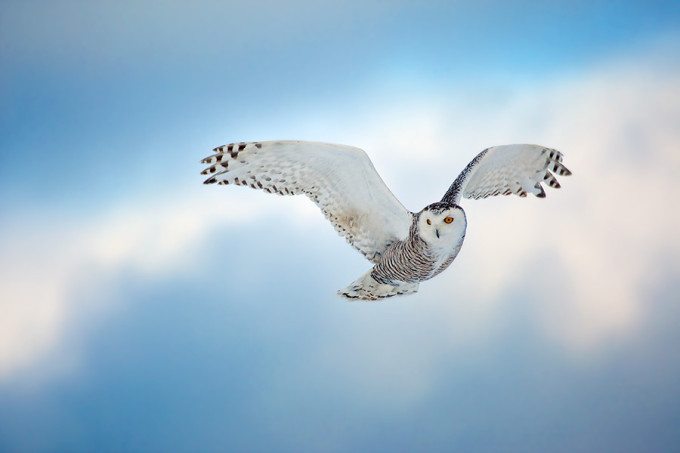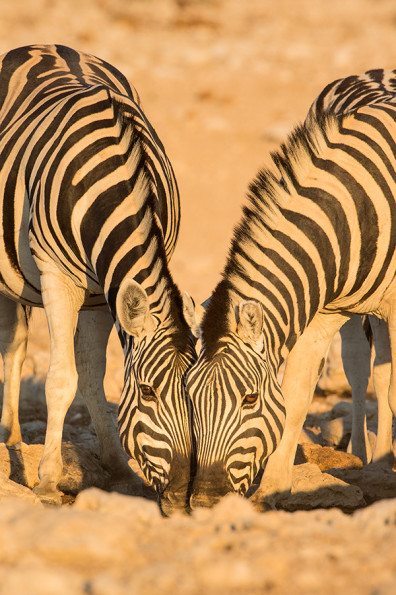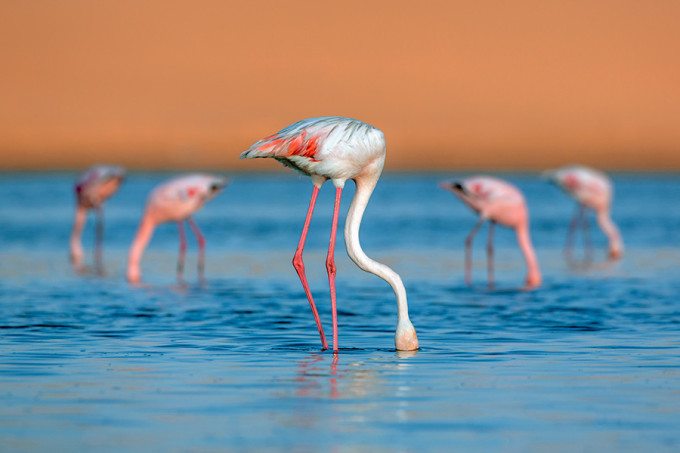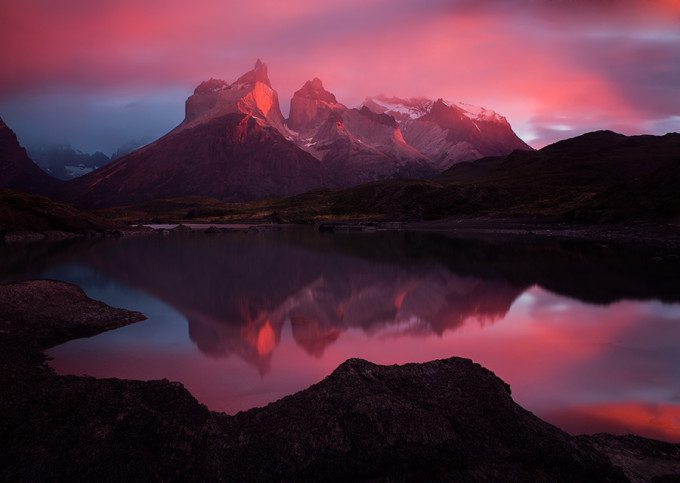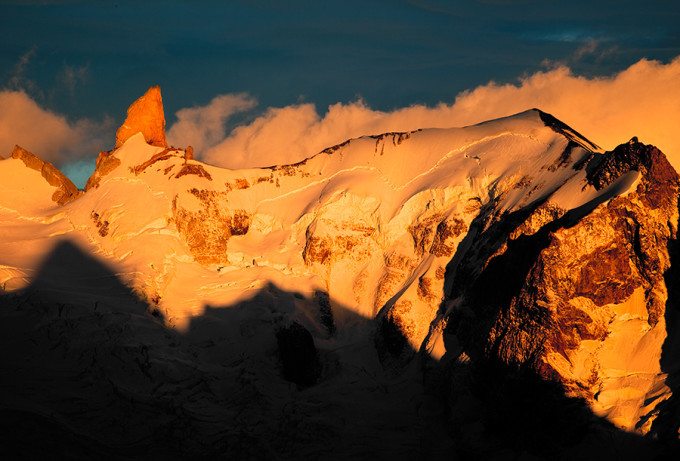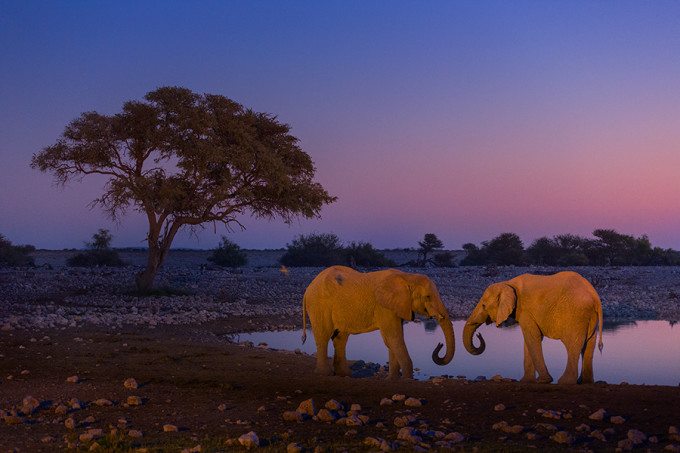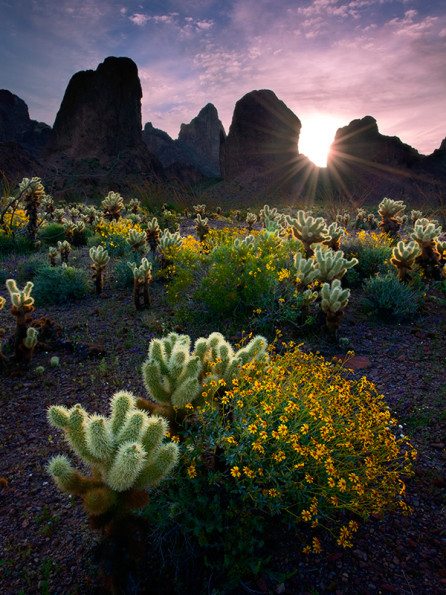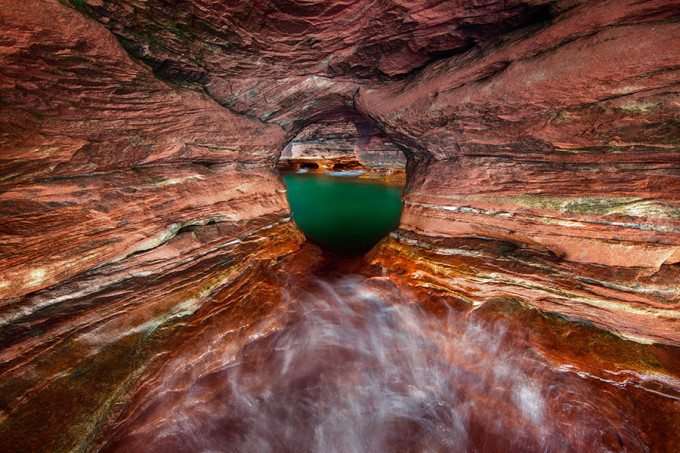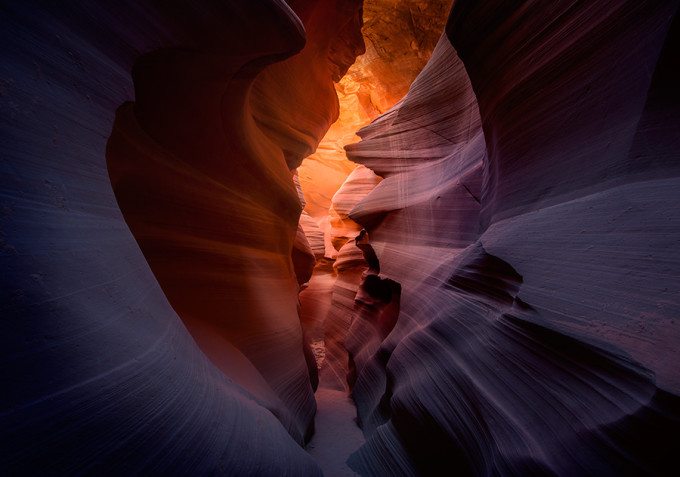All images courtesy of Ian Plant and used with permission.
Ian Plant has been a nature and animal photographer for years now and has been published in many books. He’s travelled all around the world and has stories to last for days about both animals and travelling. As a photographer who picked up a camera and fell in love with his passion after leaving his day job, Ian obviously had a plan before he dove right into his passion. And for almost ten years, he hasn’t looked back.
We talked to Ian about nature photography, the best places in the world to visit, and tips on photographing animals.
Phoblographer: How did you first catch the photo bug?
Ian: I took a rather roundabout route into professional nature photography. I started off as a lawyer, working for a large Washington, D.C. law firm for eight years before leaving to become a pro nature photographer. I bought my first camera while in law school, and I realized then that I was completely hooked on photography. I’ve always really been into the outdoors, doing things like hiking, backpacking, rock climbing, and kayaking since I was a kid, so nature photography quickly became my focus, then my passion, and then my life. As soon as I paid off my law school debt and saved up a little bit of money, I jumped in to full time professional photography work and have never looked back. That was almost ten years ago, and it’s been a great ride ever since.
Phoblographer: Tell us about what a general daily routine is when you go shooting?
Ian: I’m always up before dawn to shoot sunrise, and out late to shoot sunset and sometimes even the night sky. In between, I spend as much time as possible scouting for potential sunrise and sunset locations, and shooting if daytime conditions are conducive to image-making. I seek to make images at the edge of light, and to find places that are off the beaten path. It is not the light or the place, however, which draws me. Rather, it is the fleeting convergence of composition, mood, and light that sets an image apart—these “decisive moments” create a magic that is unique to photography. My goal is to transform a scene through the creative process, showing my viewers something they haven’t seen before. It takes a lot of work to find these transformational moments and places, so when I am in the field, I do everything I can to maximize my time behind the lens. Composition is something that is very important to my process, so I’m always working hard to find the perfect angle or position to bring my subjects to their fullest potential. I recently wrote a lengthy ebook called Visual Flow: Mastering the Art of Composition laying out in great detail my composition philosophy, which informs my every decision when working in the field. Most of my time is spent looking for the perfect composition, and then waiting for the perfect light to bring it to its fullest potential. Needless to say, whenever I come home from a long photo trip, I’m exhausted!
Phoblographer: For aspiring nature photographers out there, what advice can you give them on quitting their day job and following their passion?
Ian: The decision to turn pro is one which should not be taken lightly. I actually did a tongue-in-cheek blog post about this a few years back called So You Want to Be a Pro Nature Photographer? which gives some solid advice. In the post, I emphasize one very important point about turning pro: “don’t suck.” This is an intensely competitive field, and it can be very hard to make a living. You’ve got to be ruthlessly honest with yourself about your abilities before giving up a “real” job. And be prepared to live in the red for a long time: most pros I know spent at least five years before they could figure out how to be consistently profitable (and those are the lucky ones who made it – most do not and end up going back to a steady job). The best way to do it is to ease into the water instead of diving right in: start by working part time as a photographer, and if you have some success making sales and attracting clients, then and only then should you consider full time work. Save up some money and have a realistic but flexible business plan before taking the plunge. And then give it every ounce of effort you have, hold nothing back!
Here’s something else to consider: being in the field a lot can put an enormous strain on family and other personal relationships. The job can take its toll, especially when you have a prolonged stay in an overseas or wilderness area with little or no contact with others. Loneliness and boredom can really wear on you when in the field. I love my life as a professional nature photographer and I wouldn’t trade it for any job in the world, but it’s not as glamorous as it might seem. Being realistic about the down sides of this kind of work is essential if you are going to make it.
Phoblographer: Tell us about what’s in your gear bag.
Ian: My equipment roster is always changing, but right now I have the following: Canon 5D Mark III camera, Nikon 14-24mm lens with a Canon EOS adapter, Canon 16-35mm Mark II lens, Canon 500mm lens, Tamron 24-70mm lens, Tamron 70-200mm lens, Canon 24-105mm lens, Canon 100-400mm lens, a Gitzo Ocean Traveler tripod, and a bunch of other odds and ends. As you can see, I have no particular brand loyalty – cameras and lenses are just tools, and I choose the tools which will best fit my creative needs and my budget.
Phoblographer: Where are your top five places to shoot?
Ian: I really don’t have “favorite” places to shoot, as every place has its own unique beauty. But if I had to choose, I guess the places which have inspired me the most might go something like this (in no particular order):
Los Glaciares National Park, Argentina: This beautiful area, which is the home of the famous mountain Fitz Roy, is located in South America’s Patagonia region.
Isle of Lewis, Scotland, United Kingdom: I’ve only been to Scotland once, and I got quickly bored with the more famous Isle of Skye area, so I hopped on a ferry and went to check out some of the outer islands. The Isle of Harris is remote, rocky, windswept, and relatively wild. Few places I’ve been have inspired me as much as this far away corner of the North Atlantic.
Lake Superior, United States/Canada: Lake Superior has some of the most dramatic scenery in the US and Canada, but most of the best features are hard to get to without a boat. I like to kayak on the Lake, exploring its soaring cliffs and sculpted sandstone sea caves, but I beat a hasty retreat whenever the weather turns nasty – the water of Superior is quickly stirred to anger, making it a dangerous place to be in a small craft on your own.
Yellowstone National Park, United States: What’s not to love? The “American Serengeti,” Yellowstone has some of the most stunning wildlife on the planet, as well as amazing geothermal features. It’s a landscape and wildlife photographer’s dream.
Torres del Paine National Park, Chile: Torres del Paine is Los Glaciares’ Patagonia cousin across the border in Chile. What can I say, Patagonia is so nice, I had to mention it twice! Paine is home to beautiful mountains and stunning lakes.
Phoblographer: When it comes to photographing animals, what should someone think about or plan for when going out to shoot?
Ian: First of all, don’t be afraid to break some of the “rules” regarding composition and light that some people have about photographing animals. One of these I hear over and over again is “always shoot with the sun at your back.” I love to work with backlighting when shooting animals, especially when I can put a dark background behind the subject. Also, don’t forget about composition when photographing wildlife. Animals can form abstract compositional shapes just like any other physical object, and you’ve got to be thinking about the shapes they form and how those shapes might relate to other visual elements within the picture frame.
Please Support The Phoblographer
We love to bring you guys the latest and greatest news and gear related stuff. However, we can’t keep doing that unless we have your continued support. If you would like to purchase any of the items mentioned, please do so by clicking our links first and then purchasing the items as we then get a small portion of the sale to help run the website.


